Japanese White Pine
$109.50 Original price was: $109.50.$76.65Current price is: $76.65.
- Free Shipping over $25
- Fast & reliable delivery options
- Enjoy top quality items for less
- Multiple safe payment methods

Pine trees are among the most beautiful of trees for any garden, and they have a distinctive character and ambience unlike any other evergreens. Their long needles are unique among plants, and instantly spell ‘pine’ to almost everyone. Their bark is often rugged and attractive, and they bring something very special to any garden. Casting only light shade, they do not darken a space the way other, denser evergreens do, so they can be used in smaller spaces, without creating a gloomy atmosphere.
Japanese White Pine is an attractive smaller pine tree, with a great deal of charm and character. It is ideal for any Japanese-style or Asian-themed garden, but in any garden at all (especially a modern or more informal one), it is a terrific choice if you are looking for beauty and character. Use this tree as a lawn specimen. Plant a cluster in a corner of your property, for an attractive background. Use a pair on either side of an entrance, perhaps to a driveway. This is a ‘must-have’ in a Japanese or Asian-style garden, and some trimming and training will help it develop its typical form faster. It can also be grown in a large pot or planter, and it is a popular subject for bonsai too.
Growing Japanese White Pine Trees
Japanese White Pine typically grows into a tree 20 to 40 feet tall, with a wide-spreading crown at least equal to, and often a little more, than its height. The branches spread out in tiers around the trunk, ultimately creating a rather flattened crown, and a feeling of maturity. The needles are about 3-inches long, and they are in bundles of 5, densely clustered on the stems. The foliage is dense, and the needles are often a little twisted. They are an attractive bluish-green, most noticeable on younger shoots in spring and summer.
Planting Location
Plant the Japanese Black Pine in a sunny location. It will grow well in most soils, including poor ones, just so long as they are not soggy and wet. Good drainage is important for this tree. It grows best in cooler areas, with summer rain, and we do not recommend it for hot, humid states in the south. It will grow well, however, in typical urban conditions, making it ideal for town gardens. For a more heat-resistant Japanese pine, and one that is also tolerant of salt and seashore conditions, choose the Japanese Black Pine (Pinus thunbergii).
Using A ‘Candled’ Technique
In Japan – and this is done to Japanese Black Pine too – the needles are ‘candled’ – that is, pinched to remove half to two-thirds of the new growth, branches are tied down to make them more horizontal, and excess branches are removed. The goal is to create a large-scale bonsai tree, growing in the ground, a fitting feature in a Japanese garden. These trees are called niwaki, and with patience, time, and a little skill, you can do this with the trees in your garden too.
History and Origins of the Japanese White Pine
This tree, called by the Japanese goyo-matsu, and by botanists Pinus parviflora, is a forest tree from Japan, where it can reach 80 feet tall. It usually has a single trunk, although some trees have two trunks, splitting low-down in the tree. The trunk of mature trees is very thick, over 3 feet across. It grows wild in Korea and Japan, especially in the more northern parts. It usually grows at higher altitudes, in the mountains. It is a popular tree, along with Japanese Black Pine, in Japanese gardens, and it is considered an essential element in these gardens, part of the ‘Three Friends of Winter’ – pine, bamboo, and plum.
This tree is unusual among pines for having small cones. These are rarely more than 3 inches long, and they are carried on the tree in clusters of up to ten cones. Trees can produce heavy crops of cones, and these open, shedding their seeds, but remain attached to the tree for 5 or 6 years. These clusters can easily be removed if they become unsightly.
In North America the form of this tree that is usually grown is one that has bluish needles, rather than the dark green of wild trees. There are several different forms with this feature, and although sometimes called ‘Glauca’, it is more correct to call these trees members of the Glauca Group. Plain green forms are almost never seen, and it is usual in America to just call this tree Japanese White Pine. Our trees are grown from seed taken from carefully-chosen trees with the best character and strongest needle coloring. With the popularity of Asian-style gardens, there is a big demand for these trees, which are not widely offered in superior forms such as these. So order now while our limited stock of top-quality trees lasts – it won’t be for long.
Be the first to review “Japanese White Pine” Cancel reply
Related products
Evergreen Trees
Arborvitae Trees
Evergreen Trees
Evergreen Trees
Cypress Trees
Evergreen Trees
Evergreen Trees
Evergreen Trees


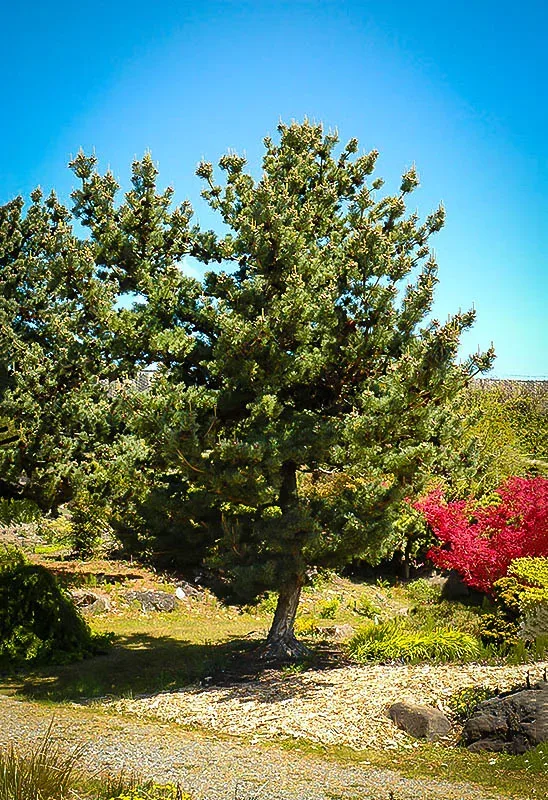


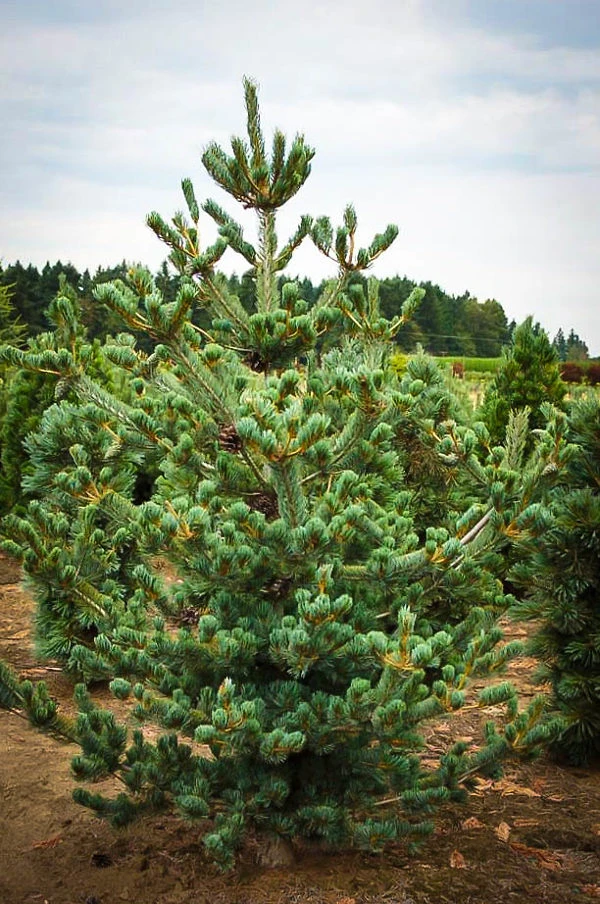

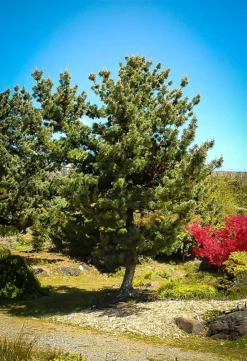



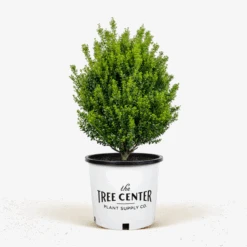

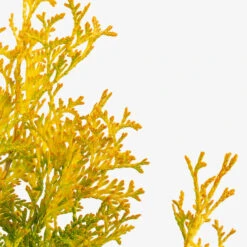
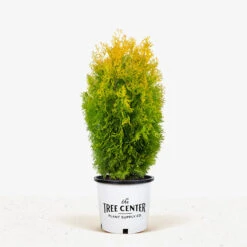


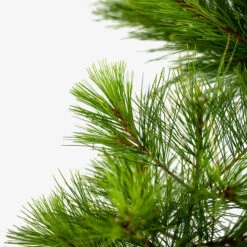
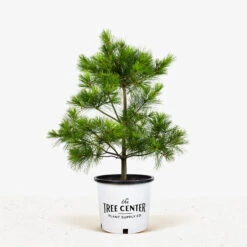
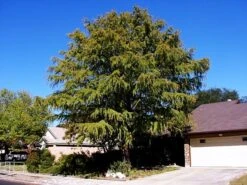

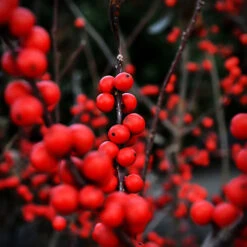


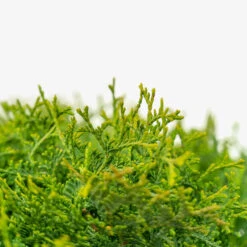


Reviews
There are no reviews yet.